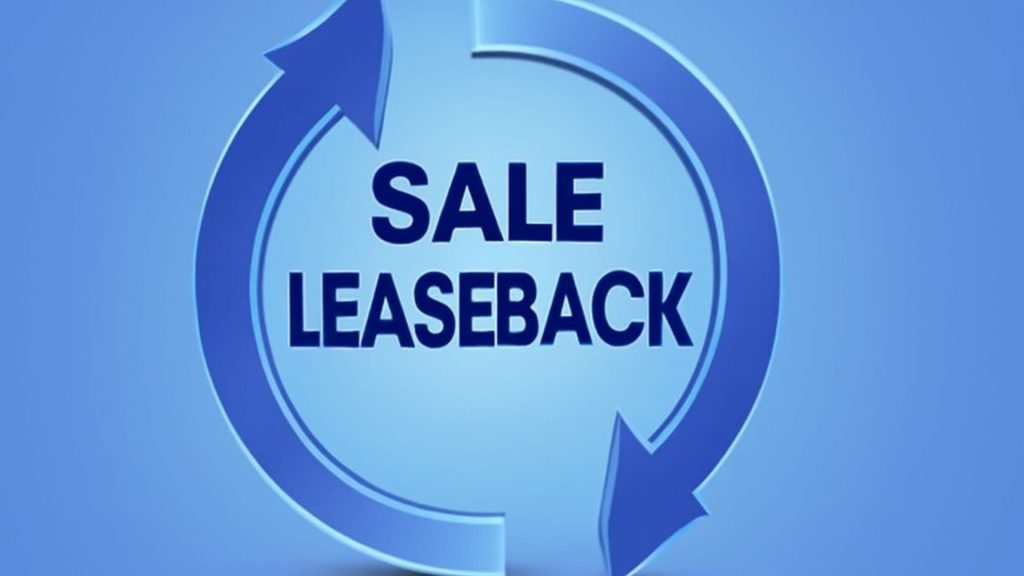
A sale leaseback with a bargain purchase for tax can provide significant financial advantages for businesses looking to unlock liquidity while retaining the use of their assets. In this arrangement, a business sells its asset (such as real estate or equipment) to a buyer and then leases it back under terms that allow for the eventual purchase of the asset at a bargain price. This strategy is particularly beneficial for tax purposes, as it can help businesses take advantage of depreciation, tax deductions, and other financial benefits while maintaining operational control over the asset. If you’re considering using a sale leaseback with a bargain purchase option, it’s essential to understand how this mechanism works, its tax benefits, and the considerations you need to take into account. This article will walk you through the ins and outs of a sale leaseback with a bargain purchase, offering you practical insights into how it can help optimize your company’s tax strategy.
What is a Sale Leaseback with Bargain Purchase?
A sale leaseback with a bargain purchase is a financing arrangement where a company sells an asset, such as property or equipment, to a buyer and then leases it back for continued use. The key feature of this arrangement is the inclusion of a bargain purchase option at the end of the lease term. This option allows the company to buy back the asset at a significantly lower price than its market value, creating a financial advantage for the company when it decides to repurchase the asset. The “bargain purchase” aspect is what differentiates this strategy from a traditional leaseback, where the company may not have the option to repurchase the asset.
How Does a Sale Leaseback with Bargain Purchase Work for Tax?
The sale leaseback with a bargain purchase option offers several tax benefits for businesses, particularly around depreciation and tax deductions. When the asset is sold, the business may be able to recognize a gain or loss, depending on the sale price compared to the asset’s book value. The lease payments made after the sale may also be deductible as business expenses, which can provide immediate tax relief. Additionally, if the bargain purchase option is exercised, the company may continue to benefit from the asset’s depreciation deductions in future tax years.
This arrangement is considered favorable under tax law because it allows businesses to continue using the asset while benefiting from the tax deductions associated with leasing and depreciation. The IRS does not typically treat these transactions as outright sales or leases but rather as a hybrid, giving the company a favorable tax position.

Benefits of Sale Leaseback with Bargain Purchase
- Improved Cash Flow: The sale of the asset provides immediate liquidity, which businesses can reinvest into growth opportunities, debt reduction, or other operational needs.
- Tax Deductions: Leasing payments are typically deductible as business expenses, lowering the company’s taxable income.
- Continued Use of Assets: The business can continue to use the asset while freeing up capital for other purposes.
- Potential for Future Asset Ownership: The bargain purchase option allows the company to repurchase the asset at a reduced price, which can be beneficial if the asset’s value increases over time.
Tax Considerations and Compliance
It’s important for businesses to consult with tax advisors when structuring a sale leaseback with a bargain purchase to ensure that the transaction complies with IRS regulations. The IRS scrutinizes these transactions closely to ensure they meet certain criteria for tax deductions, particularly the fairness of the bargain purchase option. If the bargain purchase price is deemed to be too low, the IRS may challenge the arrangement, leading to potential tax penalties.
Additionally, businesses should be aware of the potential for recapture of depreciation if the asset is sold for more than its book value, which could result in a taxable gain. Proper planning and adherence to IRS guidelines are crucial to ensuring that the tax benefits of a sale leaseback with bargain purchase are fully realized.
Key Factors to Consider Before Pursuing a Sale Leaseback
- Asset Valuation: Ensure the asset is properly valued to avoid issues with the IRS regarding the bargain purchase option.
- Lease Terms: The lease terms must be structured in a way that aligns with tax rules and offers maximum benefit.
- Business Needs: Consider whether the business truly needs to maintain control over the asset or whether it would be more beneficial to sell it outright.
- Future Repurchase: Evaluate whether the repurchase option is genuinely beneficial for the business in the long term.
Conclusion
A sale leaseback with bargain purchase for tax is a powerful strategy for businesses seeking to optimize their financial and tax positions. By selling an asset and leasing it back with the option to repurchase at a bargain price, companies can unlock immediate liquidity while retaining the ability to reclaim the asset at a favorable price in the future. Understanding how this strategy works and the tax implications involved is key to making the most of this arrangement. Be sure to consult with tax professionals to ensure that your sale leaseback structure complies with IRS rules and maximizes its benefits.
FAQs:
1. What is a sale leaseback with a bargain purchase?
A sale leaseback with a bargain purchase is a financial arrangement where a company sells an asset, leases it back, and has the option to repurchase it at a lower price, often for tax benefits.
2. How does a sale leaseback with bargain purchase help with taxes?
This strategy allows businesses to deduct lease payments as business expenses and potentially benefit from depreciation deductions, reducing taxable income.